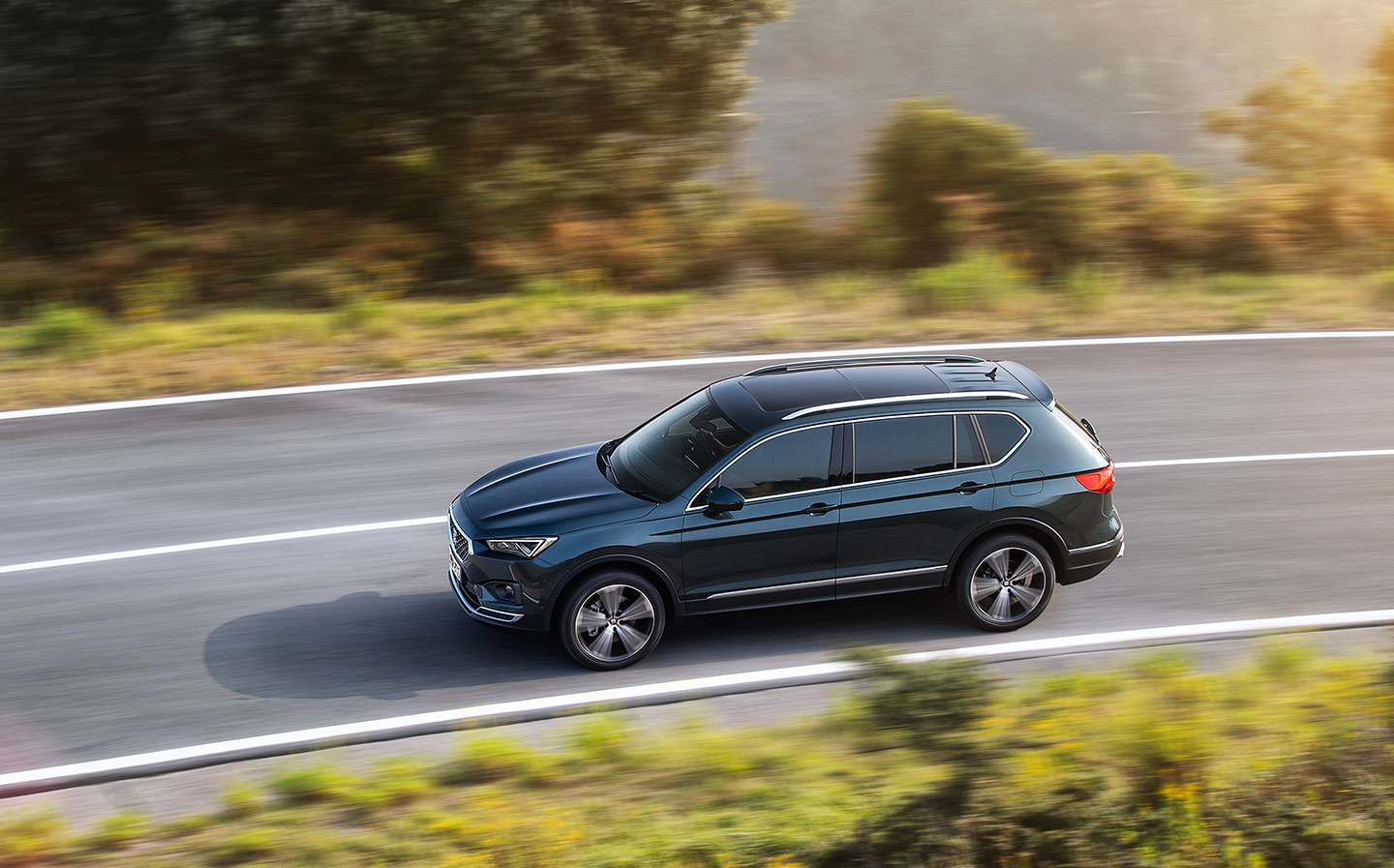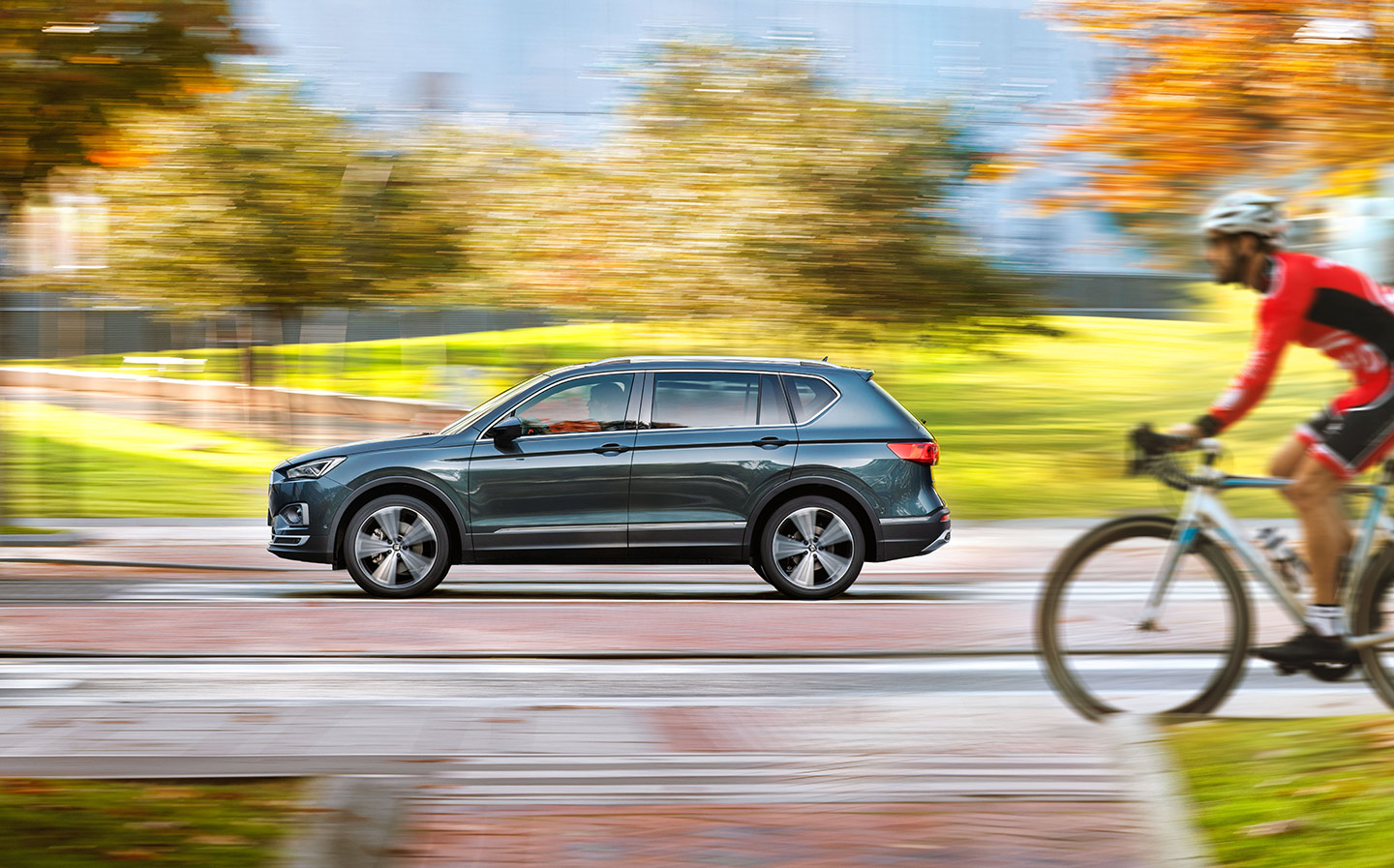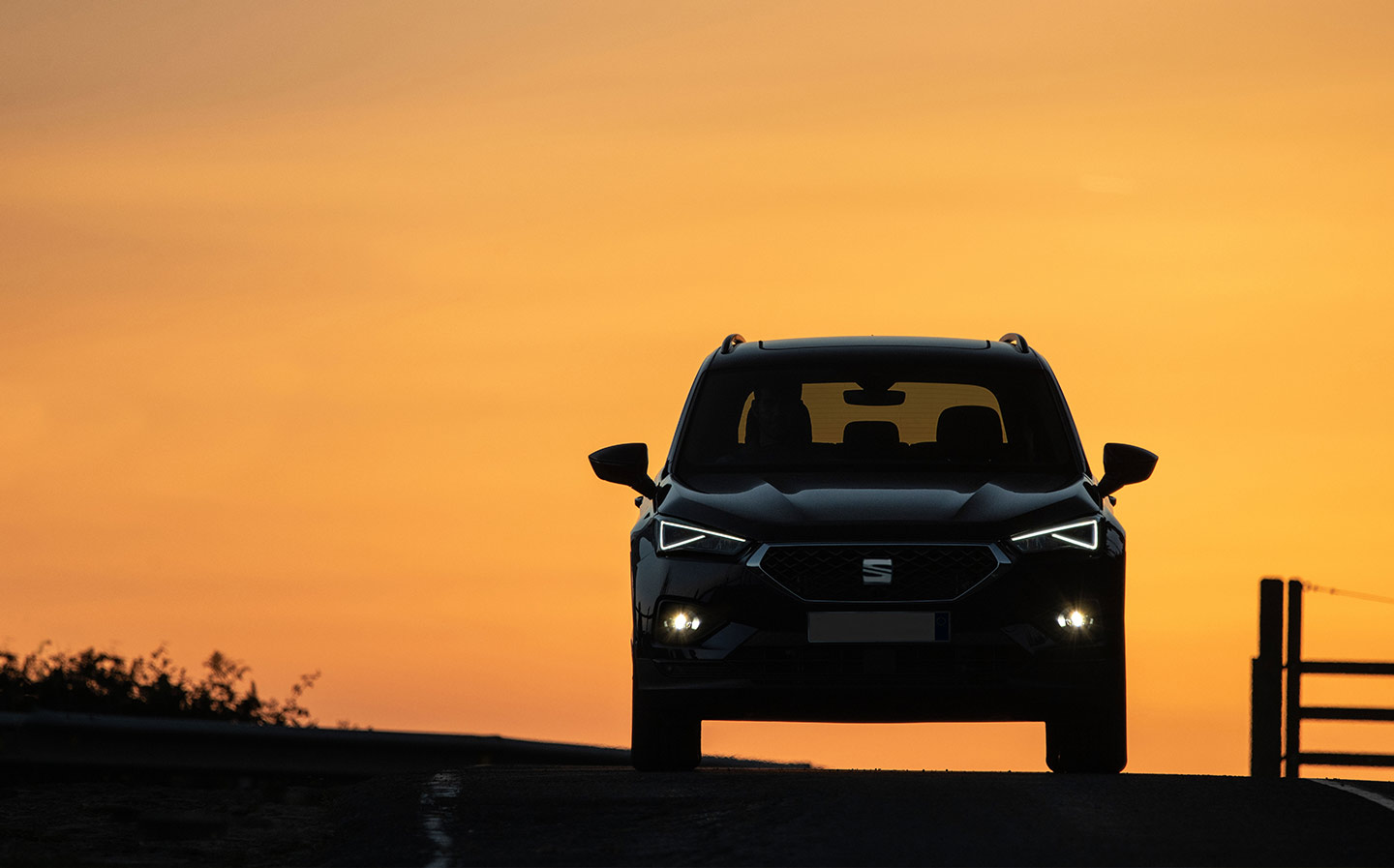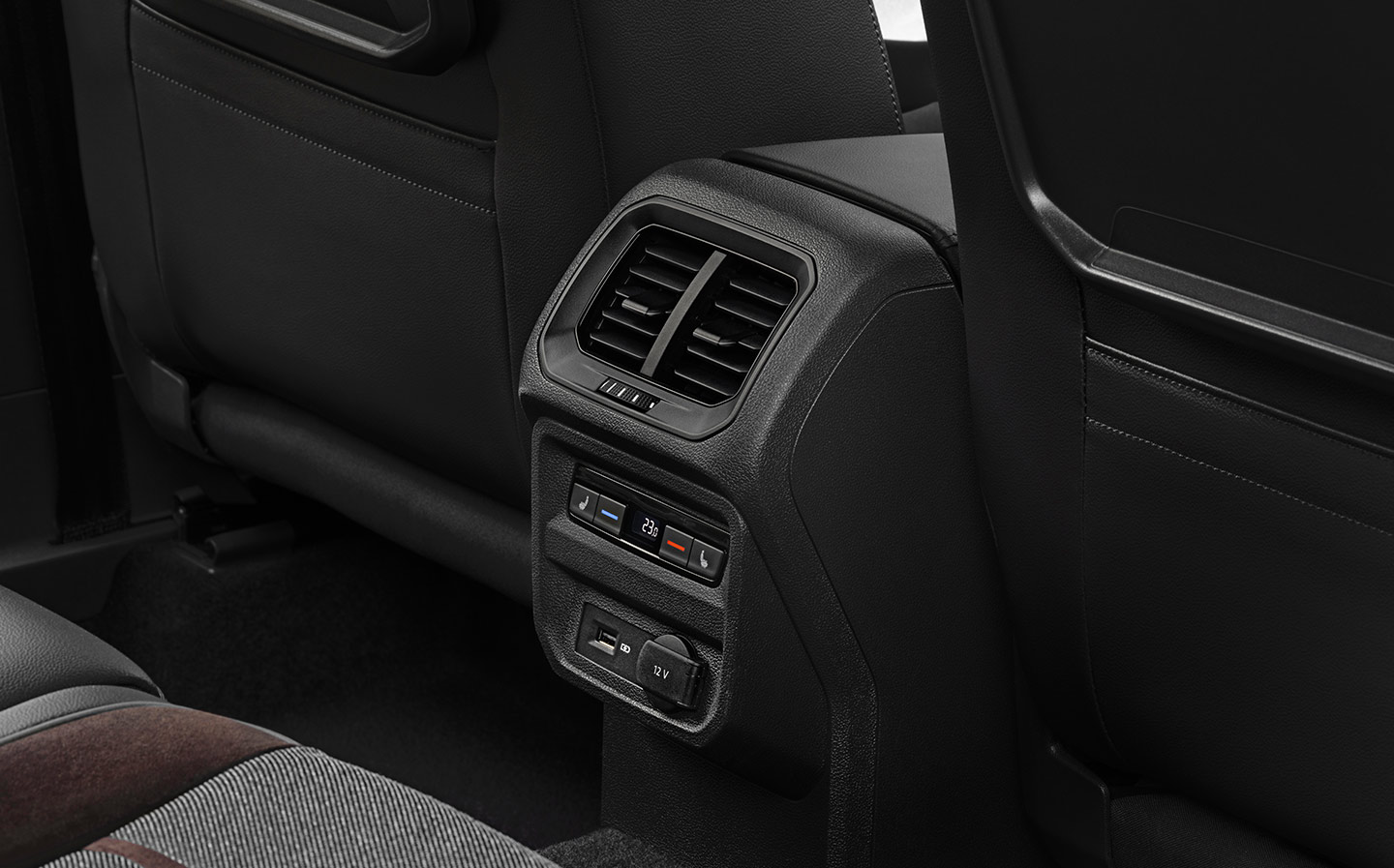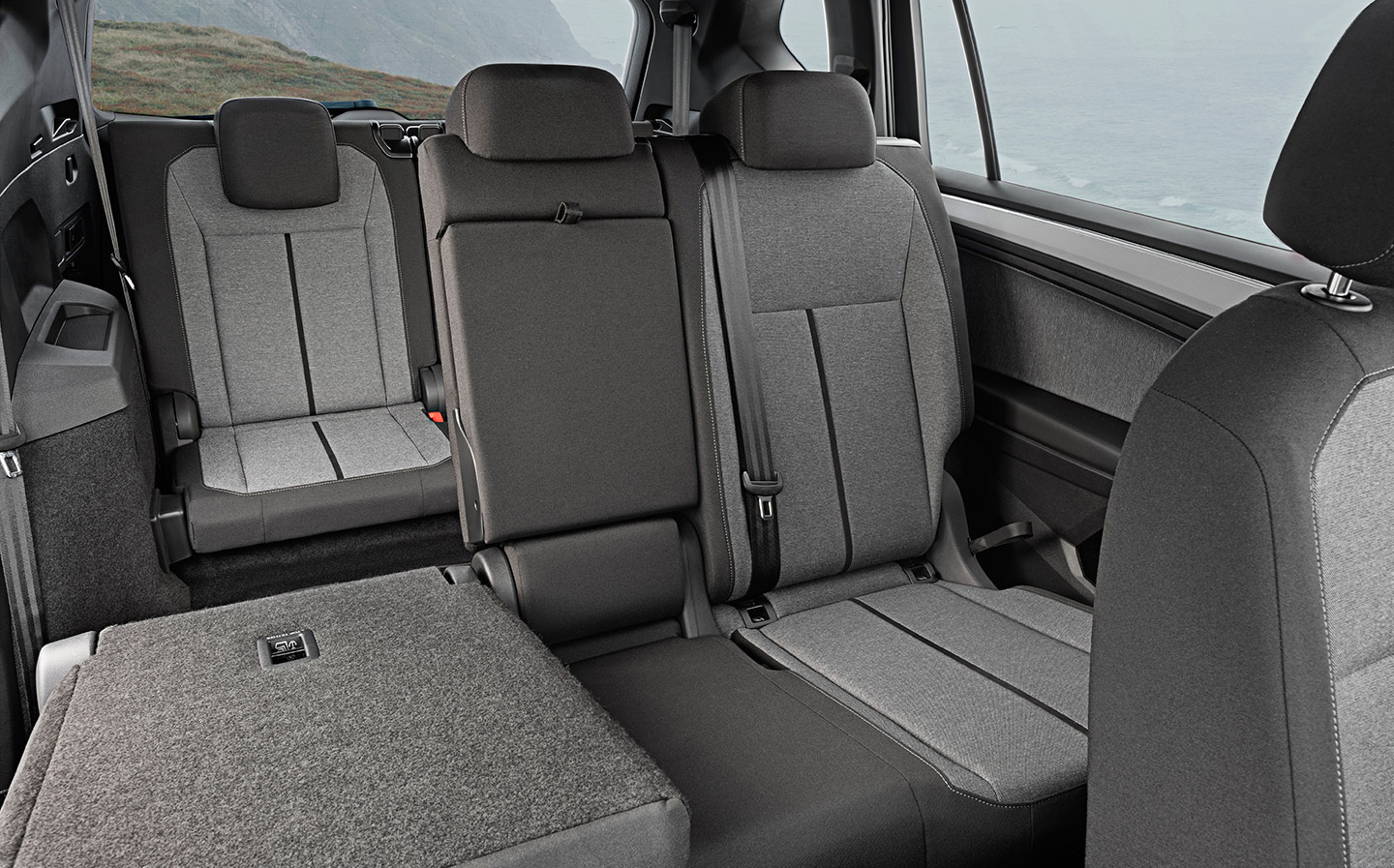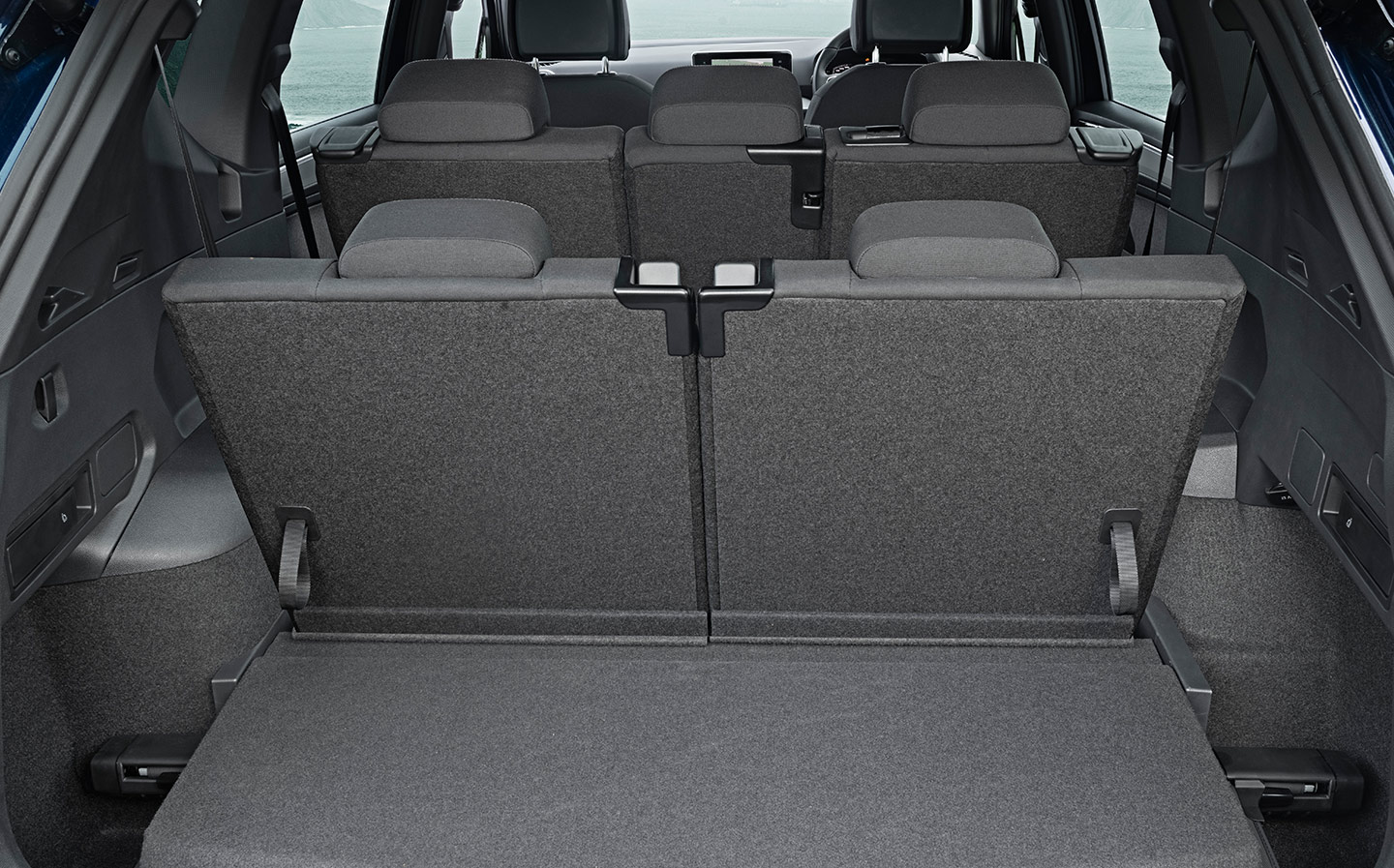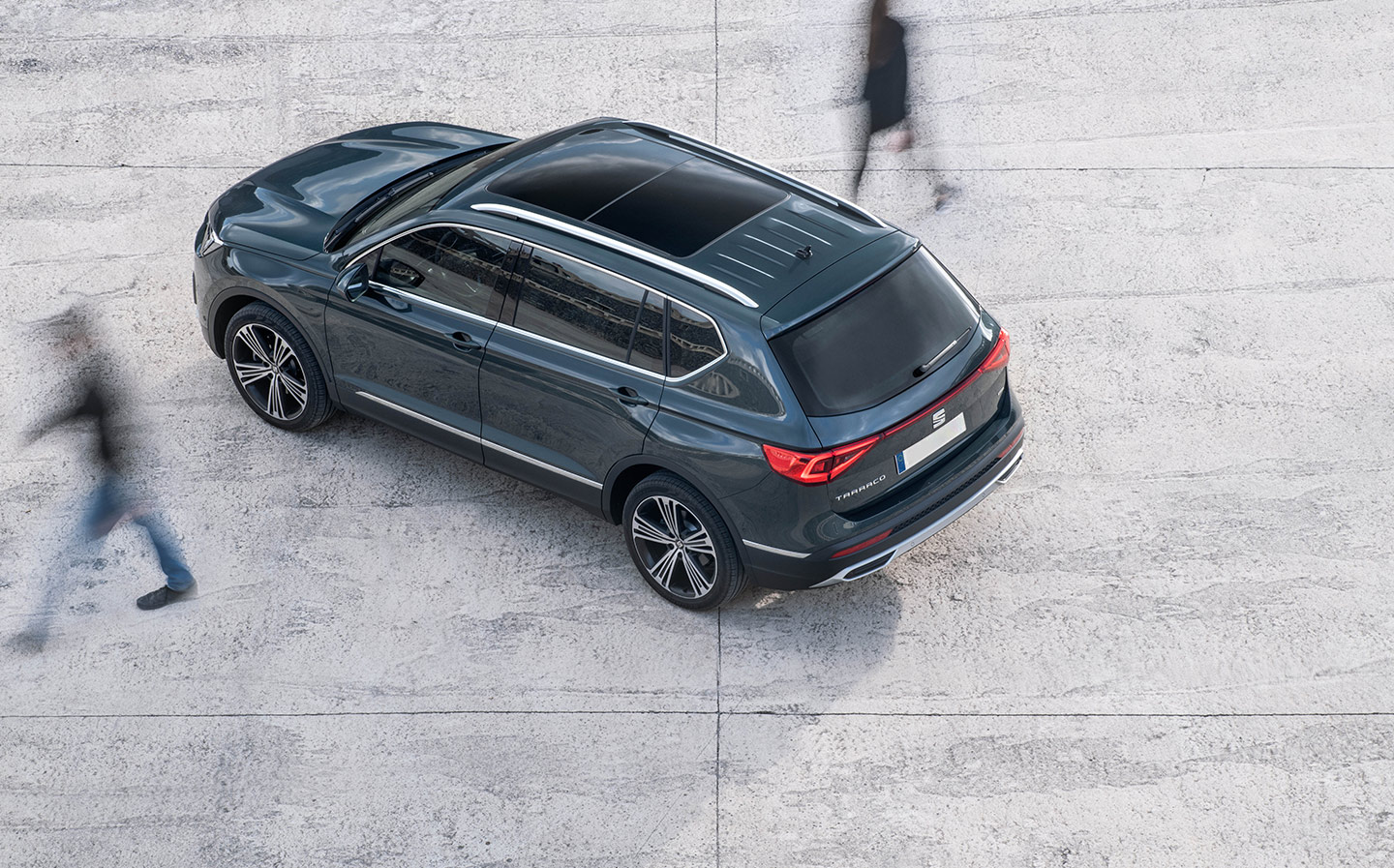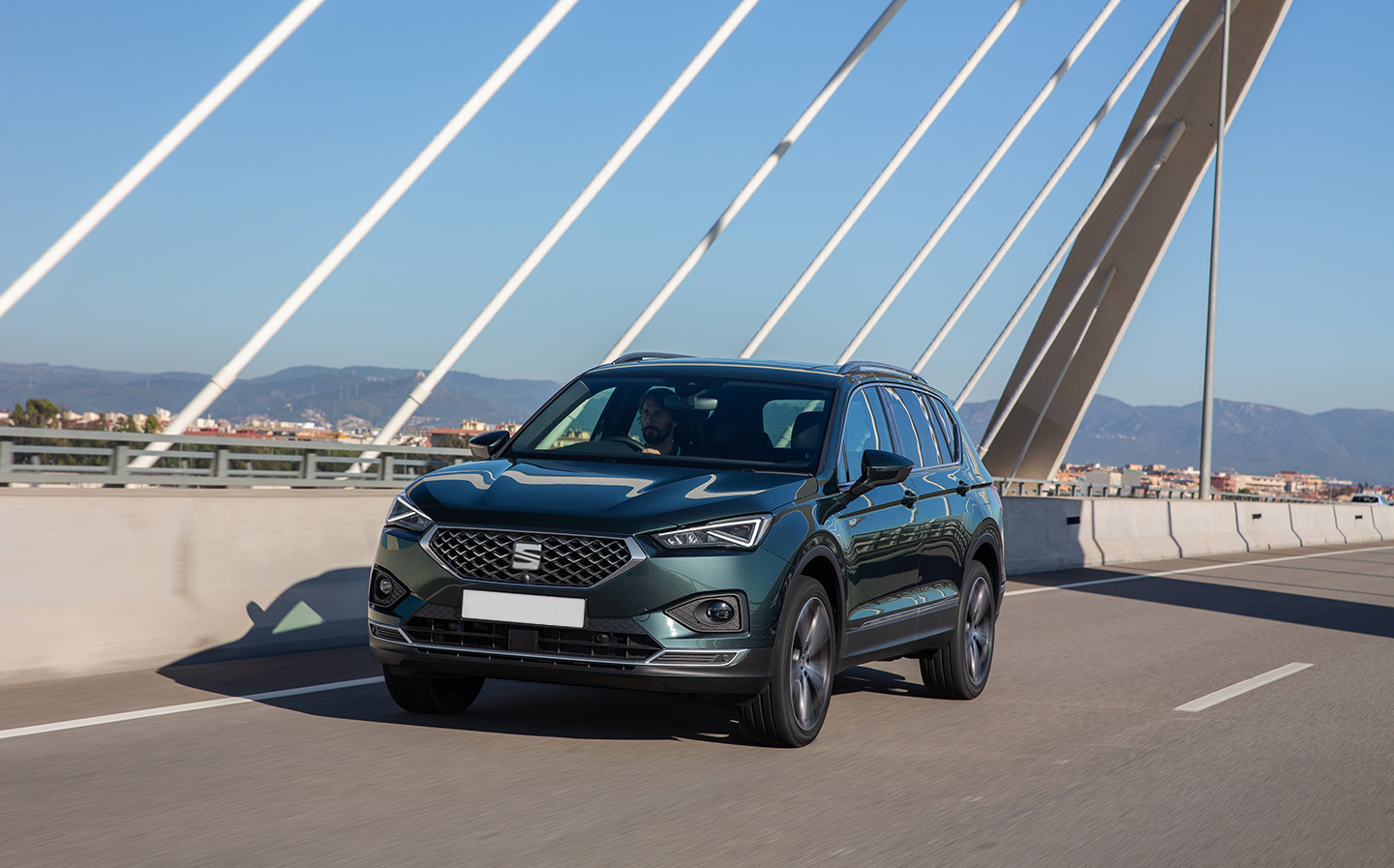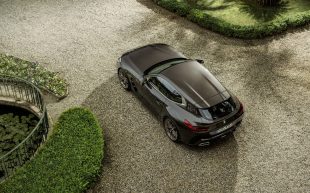Tout à Loire: Seat Tarraco takes on a family holiday to France
Is the seven-seat SUV ideally suited to a week in the Loire Valley?
WE KNEW we were going to a rustic French farmhouse in the quiet part of the Loire Valley. We knew it would have wisteria-draped shutters and cherry trees in the garden, and a converted barn full of bikes and scooters so the kids could go mad. We knew each morning we’d eat fresh croissants and drink strong French coffee on the terrace, and in the evenings we’d play petanque as the sun went down. What we didn’t know, was that the entrance gate would be so narrow, our car almost didn’t fit through.
My husband, Chris, and I could have driven our slightly-battered Golf from London to France for our two-week summer holiday with my extended family. But the thought of sitting in the back of a hatchback to help soothe our 14 month-old daughter for eight hours, and trying to cram in all the toys, books, clothes and other paraphernalia that comes with a toddler, did not sound like fun.
A bigger car — and a safe one — like the Seat Tarraco, made much more sense. Seat won’t like us mentioning this but it’s basically the same car as the Skoda Kodiaq, the two brands being part of the Volkswagen stable, but newer, and Spanish, so much more fitting for a road trip to central Europe.
“I can’t believe it’s a Seat,” Chris said to me as we all clambered inside to have a first look. He was referring to the stylish exterior, and quality feel inside — where Seat might have been a cheap option in the past, with plasticy finish to match, the Tarraco is now where Audi (another VW Group badge) was a few years ago, in terms of fit and finish, and choice of materials.
OK, the understated design and bland colour scheme isn’t what you’d call exciting but I realised that I didn’t have to worry about our girl scraping her dirty hands and feet across the seats, or spilling anything. The various shades of dark grey in this particular choice of trim (SE First Edition) would hide a multitude of sins.
Unlike other SUVs that look big but don’t follow through inside, it was spacious, with good legroom in the front, but wide seats in the back — no numb bum after an hour in the middle seat. Phew.
The rear doorways were also nice and high, with plenty of clearance to haul our little one in and out of the child seat without bumping her head or mine. Plus the Tarraco had pretty much all the gadgets I long for in a car — wireless phone charging, USB sockets in the front and back for phone charging, an eight-inch screen in the centre of the dashboard, electric wing mirrors, powerful air conditioning and Apple CarPlay (or Android Auto if you’re of that persuasion).
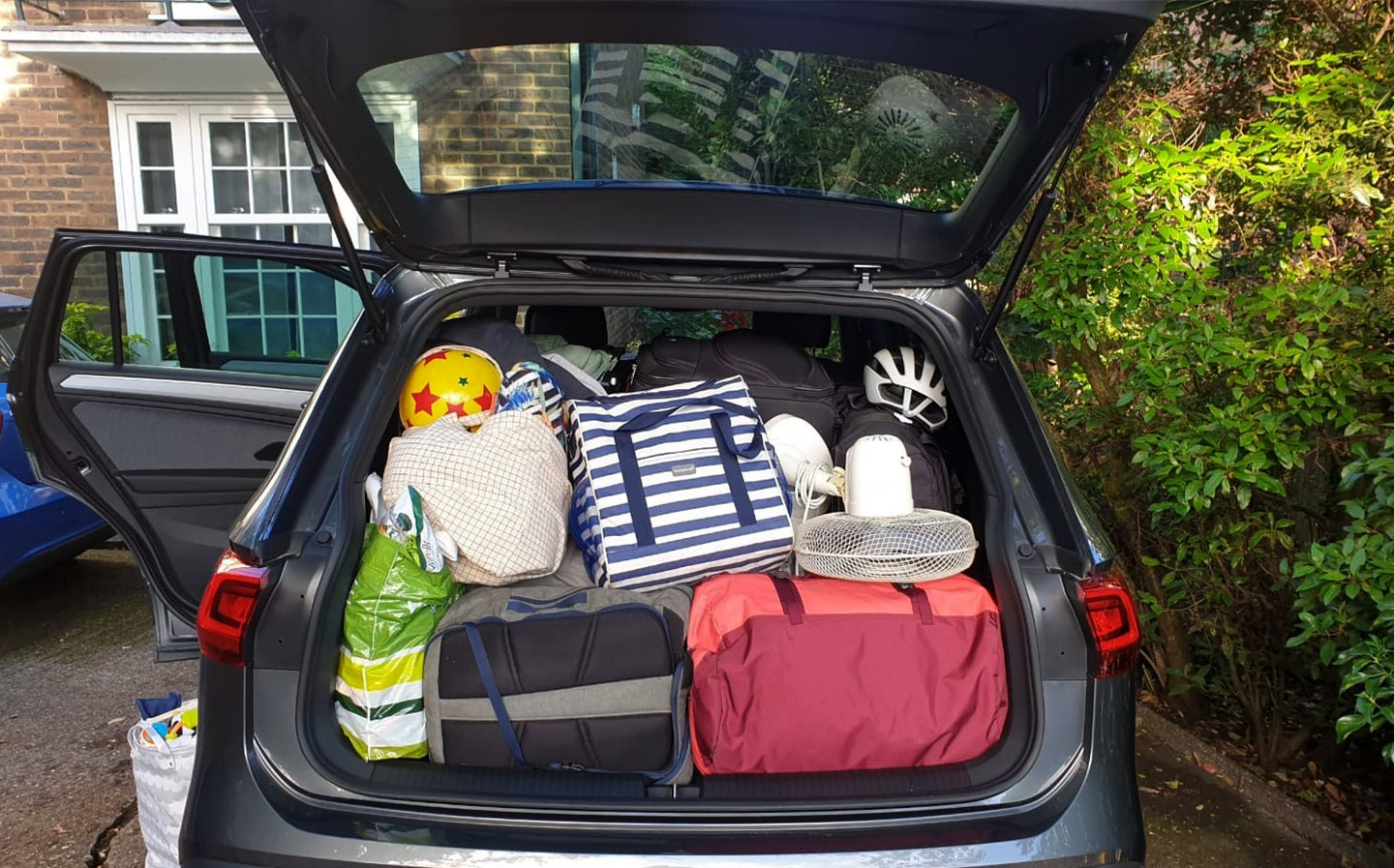
Despite the extra space over our Golf, packing up the boot was more touch-and-go than we’d thought. Despite fitting two extra seats back there, it filled up quickly. With the buggy, travel cot, cool bag full of food and a couple of suitcases, it was nearly filled to the roof. If we’d been a family of four, we might not have squeezed everything in — and with the rear seats up, there was barely room for one big suitcase. This is probably more of a commentary on family life than a criticism of the car, which is big by most standards, but think about adding a roof box if you have a large gang.
At the crack of dawn, we hit the road to Dover. Behind the wheel, I was immediately surprised by how light and responsive the steering was. The 1.5 TSI EVO engine in our test car produced 148bhp, which doesn’t sounds like a lot for a seven-seater but there was plenty of poke for our purposes. I’m not a great fan of big SUVs, but whizzing through east London to the A2, I could have been back in our little Golf, or something even zippier, just with a much more comfortable driver’s seat.
The digital driver’s display behind the steering wheel is large, and clear, and the visibility far better than our Golf, too. Up high, I could see what the traffic ahead was doing, and anticipate stops, or the need to change lanes (made easier by big wing mirrors), so we got through quicker and onto the open road, and the UK motorway run was a breeze. You’d expect BMWs, Audis and Mercedes to have better insulation from wind and tyre noise but in all honesty, the Tarraco provides a pretty relaxing drive.
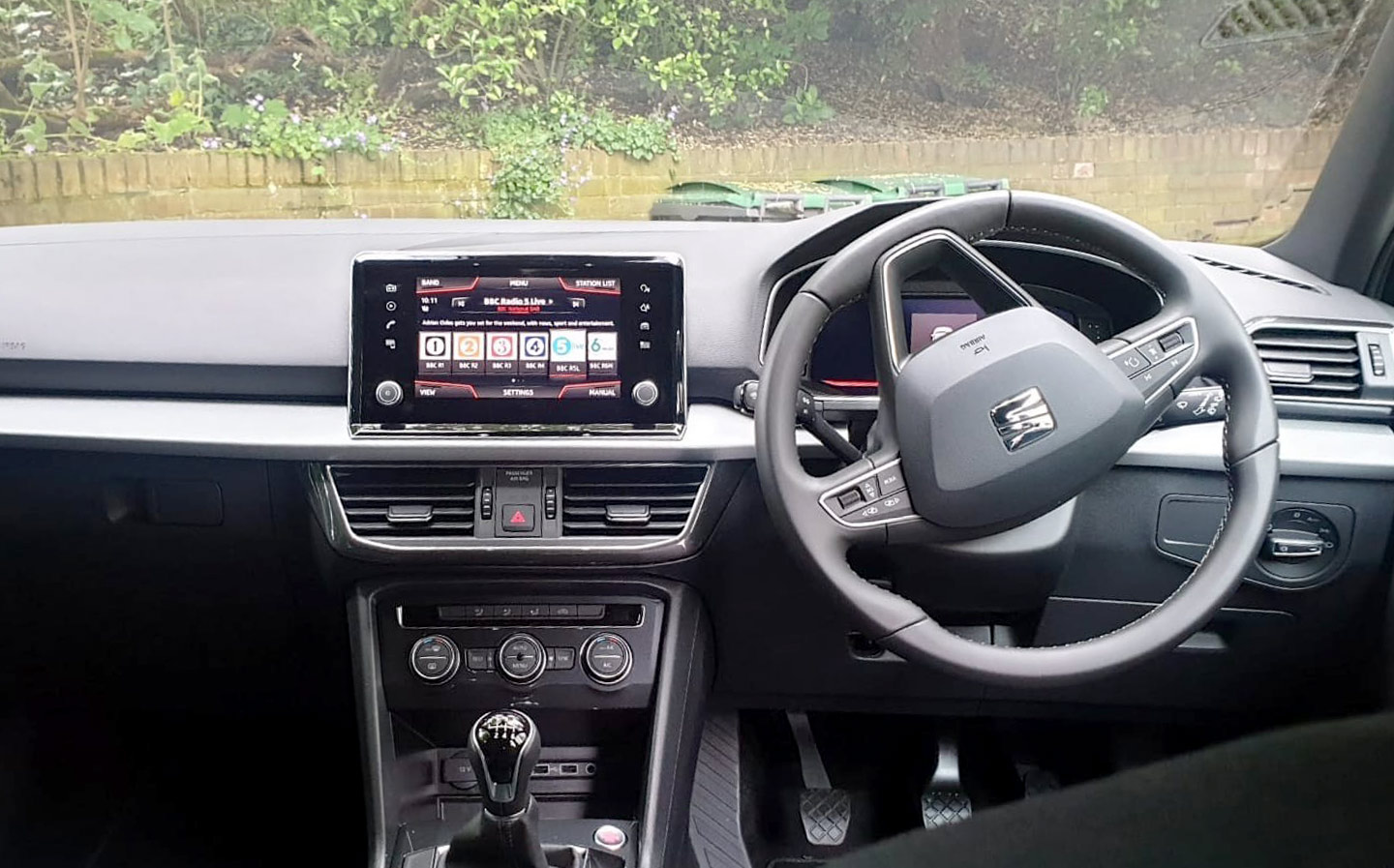
On the ferry we changed the speedometer to kilometers per hour to avoid being outfoxed by continental speed radars, and then it was out into France, snaking down the northeast coast and heading inland to Rouen. On the clear, smooth French toll roads, the Tarraco came into its own, speeding on through Normandy with ease.
As a long distance cruiser, the big Seat is surprisingly adroit. We slipped on the adaptive cruise control: easy to set and adjust with the changer to the right-hand side of the wheel, and with proximity sensors on the front automatically adjusting the speed when you get too close to the car in front. This proves annoying if the person in front is one of those who can’t seem to maintain a consistent speed, and although you can adjust the gap, the Seat and I have different definitions of “close”.
The lane-keeping assist, though, took away any jitters about cruising on the other side of the road, even if the sensation of the steering wheel auto-adjusting beneath my palms, to help keep the car in the middle of the lane, felt strange.
The Tarraco felt like it had a mind of its own in many ways, in fact — and a bossy one. When it wasn’t making me to slow down because I was too close to the car in front, or correcting my road position, it was giving me eco tips, dictating when to change gear and telling me to shut the windows to reduce drag. After four hours straight driving, it ordered me to take a break.
Being relegated to passenger status while Chris took over was fine, though. I climbed into the second row, which was comfy — the seats have a special recess for the seatbelt plugs so in the middle you didn’t have anything digging into your bum. The AC controls in the back meant I could crank up the heat a bit while Chris kept the front cooler while the sunshine streamed in through the windscreen. And there I found there is plenty of room for storing snacks/ books/ discarded toys in the door bins.
The Tarraco felt like it had a mind of its own in many ways — and a bossy one
We eventually found cupholders, too, stowed in the side of the seatback tray tables. The trays seemed good for putting the tablet on, so our little girl could be distracted by CBeebies, as well as any other bits and pieces. We soon realised, however, that braking sent everything careering off the sides, which our daughter thought was hilarious, until she realised her favourite Mog book was now wedged down the side of the door, and inaccessible for the forseeable.
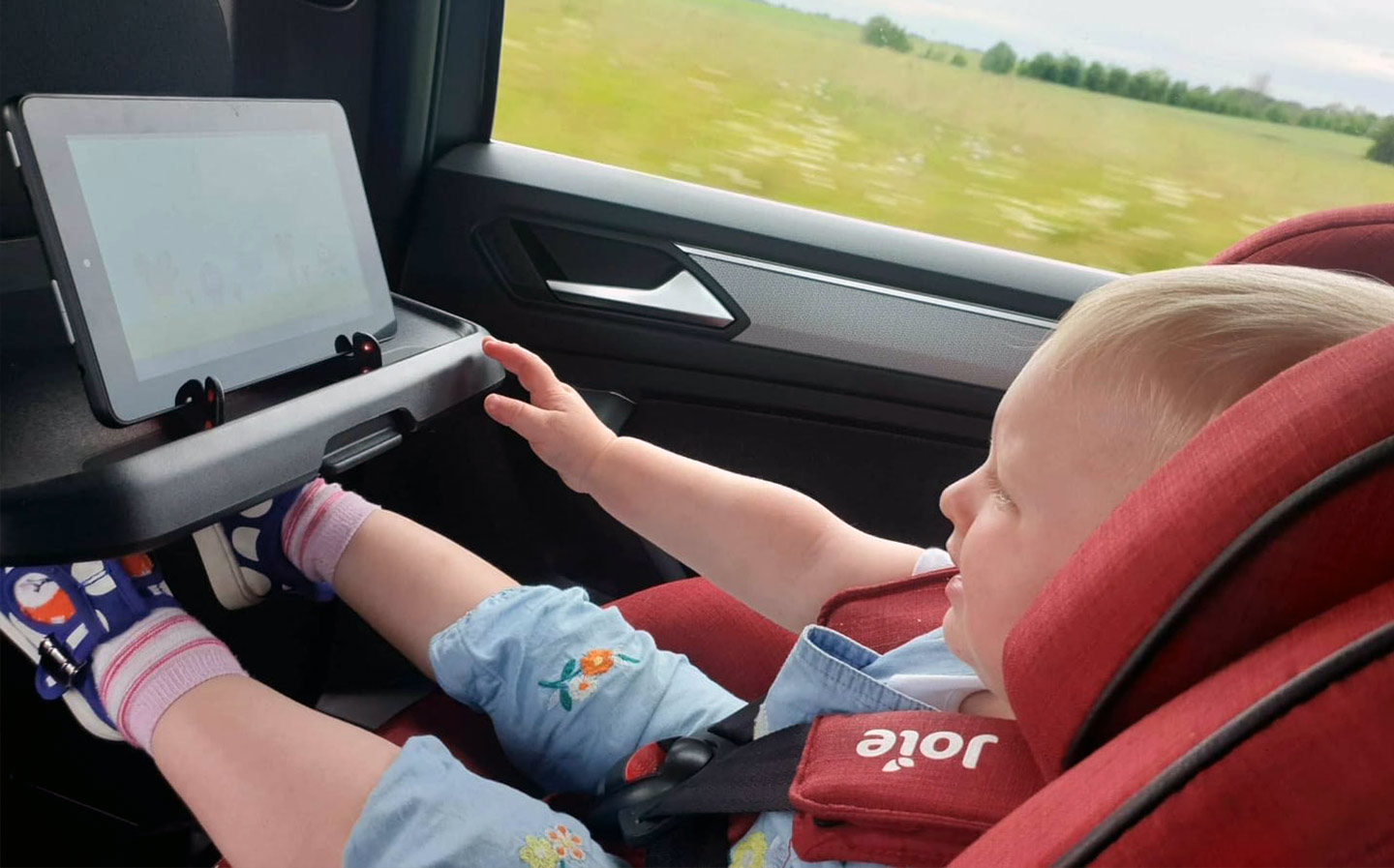
It was too awkward to have the whole table out just to hold a drink, though, plus, with the driver’s seat reclined as much as Chris needed, and the seatback table hinged at the top, you couldn’t raise it because it was blocked by her little legs. In a Hey Duggee emergency, this led to toddler meltdown.
Eventually we arrived outside our holiday home, but our sense of joy turned to dread as we pulled up to that gate. Wrought-iron bars were drilled into stonework from two centuries ago, framing a gap of barely eight foot (with the mirrors extended, the Tarraco is a sliver off 7ft-wide (1,839mm to be exact and metric). A steep kerb meant we were forced to accelerate through, and yet the road was narrow so the turn into the gate was sharp. Just thinking of it made me hear the sound of metal screeching against stone.
The Tarraco has sensors and cameras on the rear for parking, but there was no way we were backing through that, and going nose first, we had to do it blind — well, just with regular eyesight. Sensibly, I made Chris do it. To my relief it ploughed through without touching either side, with enough pep in sports mode to get up the kerb without shooting out of control and into a pillar.
During the rest of the week, the car proved to be surprisingly nimble, slipping nonchalantly into tiny French parking spots and fluidly overtaking on long single-lane roads plagued by tractors. When the grandparents, who’d arrived under their own steam, wanted to pile into the Tarraco to go to the safari park, the second row seats were heavy to move and the sliding rails jerky, making it hard for me to manoeuvre them on my own.
The boot also didn’t have autoclose, making it a stretch for me to reach, and hefty to yank down to close. The rear seats were too tricky for the grandparents to fold themselves into, whereas I had the flexibility and plenty of space, and actually the third row has better cupholders and door bins than the seats in front. Plus we all had great views of the antelopes, wolves and ostriches, even sat low down in the rear seats.
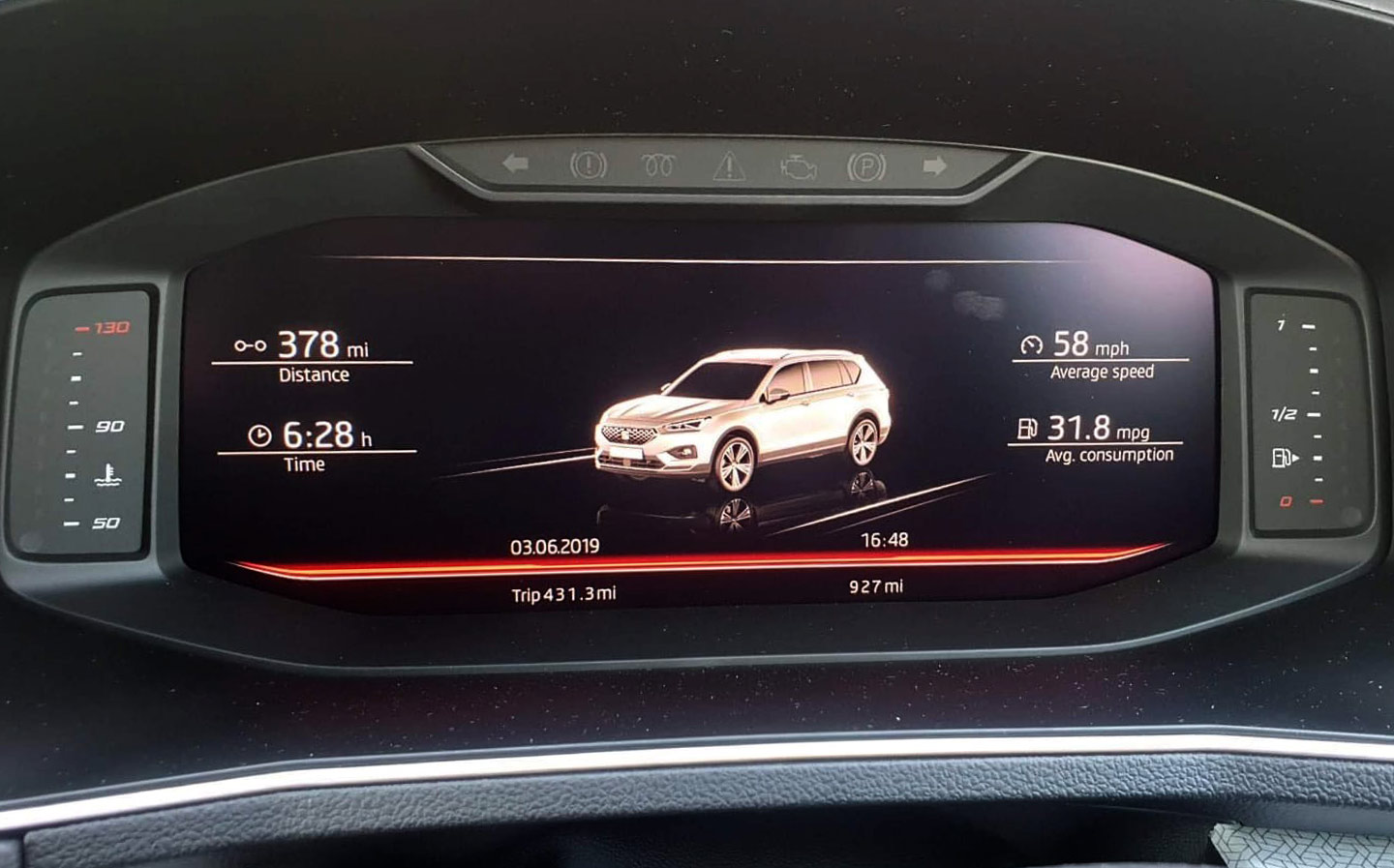
The journey home through France was a delight. We swapped the slightly-sluggish eco mode for sport and gunned it down the motorway, making it to Calais in record time, though we’d later find out we’d not been so lucky with the speed cameras. On the way there, with mostly motorway driving, we’d used about tank and a half (around 90 litres) to drive just shy of 500 miles, which would equate to an average of around 25mpg, though most of the time we were getting nearer 32mpg. The official economy figure for a mix of roads is 35.3-37.2mpg, on the new, more realistic WLTP test.
The rear seats were too tricky for the grandparents to fold themselves into, whereas I had the flexibility and plenty of space
Across the Channel, the roads were clogged, and slogging it back to London in traffic, the six-speed manual gearbox proved clunky, making the constant shifting more of a chore. It was also the first time we’d displayed Google maps through the main screen, and the interface was blown up and looked clumsy, like when your grandparents have the zoom on their Kindle set to 200%. Of the 1,000 mile round-trip the last 20 were the worst, and for us, those last 20 are our everyday reality. But they were more comfortable than in our Golf, and we were still riding high.
For us, the Tarraco performed best on the motorway and the open roads of provincial France, but it wouldn’t take much to persuade me to use it as a runaround, too. Though in London, I’d probably think twice about heading through width restrictions.
Alessia Horwich is Commissioning Editor of Travel at The Sunday Times


